Table of content
Introduction
Sturgeon, a primitive fish belonging to the Acipenseridae family, is renowned for its delicate flavor, firm texture, and nutritional richness. This ancient fish species has been a culinary staple across various cultures, particularly in regions where rivers and lakes provide ample habitat. However, preparing sturgeon can be a daunting task, especially when it comes to scaling—a crucial step that, if done incorrectly, can mar the final dish. This comprehensive guide aims to demystify the process of scaling sturgeon, ensuring that home cooks and professional chefs alike can enjoy this exquisite fish without the hassle.
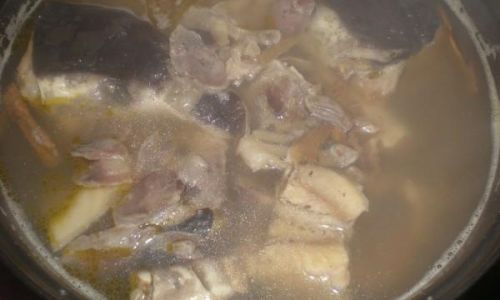
Understanding Sturgeon Scales
Before diving into the scaling process, it’s essential to understand the unique characteristics of sturgeon scales. Unlike the thin, easily removable scales of many other fish species, sturgeon scales are large, hard, and embedded deeply into the skin. These scales are composed of a tough, bony material that provides the fish with protection against predators and environmental stressors. While this makes sturgeon a resilient creature, it also complicates the scaling process.
Importance of Proper Scaling
Proper scaling is not just about aesthetics; it’s crucial for several reasons:
-
Texture and Taste: Scales can significantly alter the texture and taste of the final dish. They can become crunchy or gritty when cooked, detracting from the smooth, buttery mouthfeel that sturgeon is known for.
-
Digestibility: Scales are indigestible and can cause discomfort or even injury if swallowed. Removing them ensures a safer eating experience.
-
Presentation: A beautifully scaled sturgeon adds to the visual appeal of the dish, making it more inviting to diners.
-
Cooking Efficiency: Scales can interfere with cooking methods, such as grilling or searing, causing uneven heat distribution and potential sticking to cooking surfaces.
Tools and Equipment
To effectively scale sturgeon, you’ll need the right tools and equipment. Here’s a list of essentials:
-
Sharp Knife: A sharp, flexible filleting knife is indispensable. A dull knife will not only be ineffective but also increase the risk of injury.
-
Scaling Tool (Optional): A dedicated fish scaling tool, often made of stainless steel or ceramic, can make the job easier and faster. These tools are designed to fit comfortably in your hand and have a blade that’s specifically angled for scaling.
-
Fish Grip or Cloth: A fish grip, which is a rubberized or silicone device that holds the fish securely, can prevent slipping and make scaling safer. Alternatively, you can use a clean, damp cloth to grip the fish.
-
Cutting Board: A sturdy, non-slip cutting board is crucial for maintaining a stable work surface.
-
Gloves (Optional): If you’re sensitive to fish slime or scales, wearing food-safe gloves can provide additional protection.

-
Bowl or Sink: A large bowl or sink filled with cold water can be used to rinse off the scales as you work.
Preparation Before Scaling
Before you begin scaling, there are a few preparatory steps to follow:
-
Rinse the Fish: Start by rinsing the sturgeon under cold running water to remove any surface dirt or debris.
-
Pat Dry: Use a clean paper towel or cloth to pat the fish dry. This will give you a better grip and make scaling more efficient.
-
Choose a Comfortable Position: Position the fish on the cutting board in a way that feels comfortable for you to work with. You may need to adjust its orientation several times during the scaling process.
-
Sharpen Your Knife: Ensure your knife is sharp. A dull knife will glide over the scales rather than cutting through them, making the process more difficult and time-consuming.
The Scaling Technique
Now, let’s dive into the scaling technique. There are two primary methods: using a knife or a scaling tool. Both methods have their merits, and your choice may depend on personal preference, experience, and the size of the sturgeon.
Using a Knife
-
Angle the Knife: Hold the knife at a shallow angle (about 15-20 degrees) to the surface of the fish. This angle will help you glide the knife under the scales without cutting into the flesh.
-
Apply Gentle Pressure: Apply gentle but firm pressure as you move the knife in a smooth, continuous stroke from the tail to the head. The goal is to lift the scales off the skin, not to cut through it.
-
Overlap Strokes: Overlap each stroke slightly to ensure that no scales are left behind. Work in small sections, particularly around the fins and along the lateral line, where scales tend to be larger and more firmly attached.
-
Rinse and Repeat: As you work, periodically rinse the knife and the fish under cold water to remove accumulated scales. This will keep your workspace clean and prevent the scales from clogging the knife blade.
-
Inspect and Refine: Once you’ve completed the initial scaling, inspect the fish closely. Use smaller, more precise strokes to remove any remaining scales or rough patches.
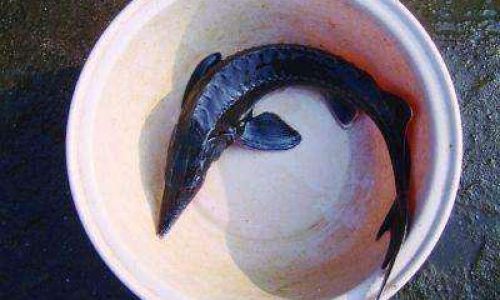
Using a Scaling Tool
-
Hold the Tool Correctly: Grip the scaling tool with your dominant hand, ensuring that your thumb and fingers are positioned comfortably around the handle.
-
Apply Light Pressure: Place the blade of the scaling tool at a shallow angle to the fish’s skin and apply light pressure. The blade should glide under the scales without cutting into the flesh.
-
Use Short, Quick Strokes: Unlike with a knife, where long, continuous strokes are often used, a scaling tool works best with short, quick strokes. This technique allows you to target individual scales more precisely.
-
Work in Sections: As with the knife method, work in small sections, overlapping each stroke slightly. Pay special attention to areas with larger scales, such as the fins and lateral line.
-
Rinse Regularly: Regularly rinse the scaling tool and the fish to keep the workspace clean and prevent scales from building up.
-
Final Inspection: Once you’ve completed the scaling, inspect the fish closely for any missed scales or rough spots. Use the scaling tool to refine the surface as needed.
Handling Special Areas
Certain areas of the sturgeon may require special attention during the scaling process:
-
Head and Tail: The head and tail often have larger, thicker scales. Use a more aggressive angle and pressure when scaling these areas. Be careful not to cut into the flesh, especially around the eyes and gills.
-
Fins: Fins can be tricky to scale due to their irregular shape and texture. Use small, precise strokes to remove the scales without damaging the fins themselves. In some cases, it may be best to trim the fins off before scaling the rest of the fish.
-
Lateral Line: The lateral line, a sensory organ running along the side of the fish, may have particularly large and firmly attached scales. Take your time when scaling this area, using gentle pressure and overlapping strokes to avoid cutting into the line itself.
Post-Scaling Care
Once you’ve successfully scaled the sturgeon, there are a few additional steps to ensure that your fish is ready for cooking:
-
Rinse Thoroughly: Rinse the fish under cold running water to remove any remaining scales, slime, or debris. Pat it dry with a clean paper towel or cloth.

-
Inspect for Injuries: Carefully inspect the fish for any cuts or injuries that may have occurred during the scaling process. These can affect the quality and safety of the final dish.
-
Store Properly: If you’re not ready to cook the fish immediately, store it in the refrigerator on a bed of ice. This will help maintain its freshness and quality.
-
Dispose of Scales: Properly dispose of the scales to avoid contamination and maintain a clean workspace.
Cooking Tips for Scaled Sturgeon
Now that your sturgeon is beautifully scaled, it’s ready for cooking. Here are a few tips to help you make the most of your fish:
-
Choose the Right Cooking Method: Sturgeon is versatile and can be cooked in various ways, including grilling, searing, baking, smoking, and poaching. Choose a method that suits your taste preferences and the cut of fish you’re working with.
-
Seasoning and Marinades: Sturgeon has a delicate flavor that pairs well with a variety of seasonings and marinades. Experiment with herbs, spices, citrus, and oils to enhance its natural taste.
-
Don’t Overcook: Sturgeon is best enjoyed when cooked to medium-rare or medium. Overcooking can cause the fish to become dry and flavorless. Use a thermometer to monitor internal temperature and remove the fish from heat when it reaches 125-130°F (52-54°C).
-
Pair with Complementary Ingredients: Sturgeon pairs well with creamy sauces, buttery vegetables, and fresh herbs. Consider serving it with lemon butter, garlic mashed potatoes, and a sprinkle of fresh dill or parsley.
Conclusion
Scaling sturgeon may seem like a
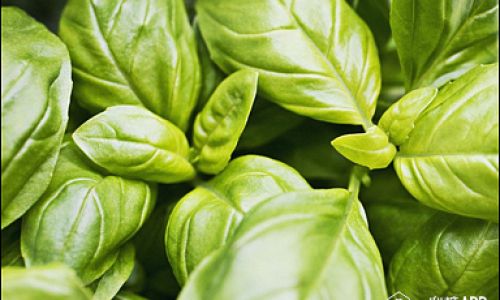


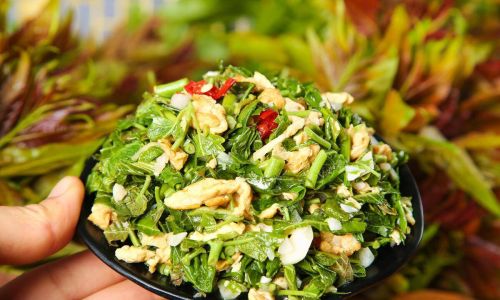
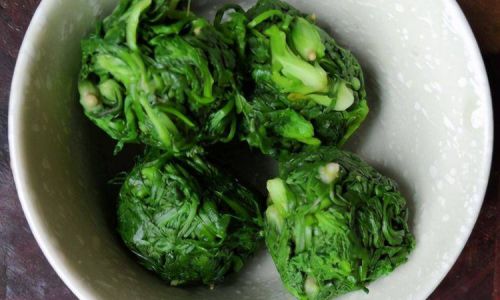
0 comments